I am confused as to how the Trie implementation saves space & stores data in most compact form!
If you look at the tree below. When you store a character at any node, you also need to store a reference to that & thus for each character of the string you need to store its reference. Ok we saved some space when a common character arrived but we lost more space in storing a reference to that character node.
So isn't there a lot of structural overhead to maintain this tree itself ? Instead if a TreeMap was used in place of this, lets say to implement a dictionary, this could have saved a lot more space as string would be kept in one piece hence no space wasted in storing references, isn't it ?


